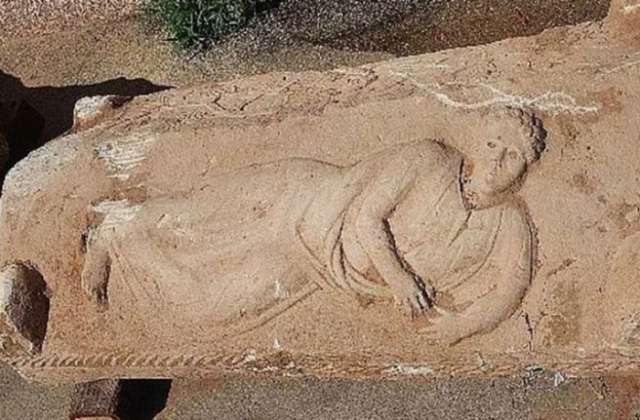In an overnight operation between Tuesday and Wednesday, inspectors of the IAA`s Unit for Prevention of Antiquities Robbery, along with Israeli police officers, followed an anonymous tip and reached the site of the Sarcophagus, which according to experts is a rare discovery in Israel.
Authorities believe the contractors dug out the artifact themselves during last week. Police questioned the suspects and the IAA will file charges against them.
The Sarcophagus itself is fashioned out of limestone, weighing two tons at two and a half meters long, with a life-sized human figure carved on its lid. Some of its stones and decorations were damaged due to the contractors` ill-treatment of it.
Amir Ganor, IAA Inspection Department head, referred to the finding as a "rare antiquity of unprecedented artistic, historical and cultural importance," adding that the IAA will "strictly enforce the law against those who purposely damage antiquities."
Dr. Gabi Mazor, an IAA retired archaeologist and an expert on classical periods, said the image of the human on the lid looks Roman.
"One side of the sarcophagus lid is adorned with a carved image of a man leaning on his left arm, wearing a short sleeved shirt decorated with embroidery on the front," Mazor said. "A tunic is wrapped around his waist, with the figure`s eyes inlaid with precious stones and hair arranged in curls, in typical Roman hairstyle," he added.
"Wreaths and images of bull`s heads, naked Cupids, the head of the monstrous female Medusa figure all decorate the sarcophagus. The female Medusa figure was believed by Romans to protect the deceased," Dr. Mazor explained.
"Such sarcophagi were typically placed in or next to a family mausoleum. The high level of decoration attests to the family`s affluence, which judging by the depicted motifs, is not Jewish," he said, according to a statement by the IAA.
More about:















































